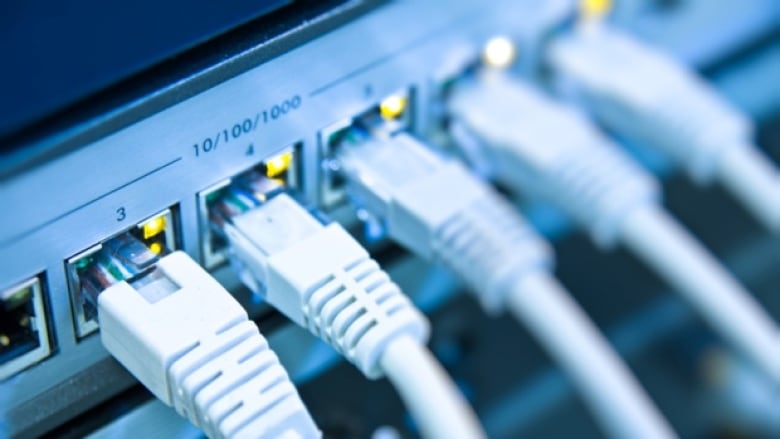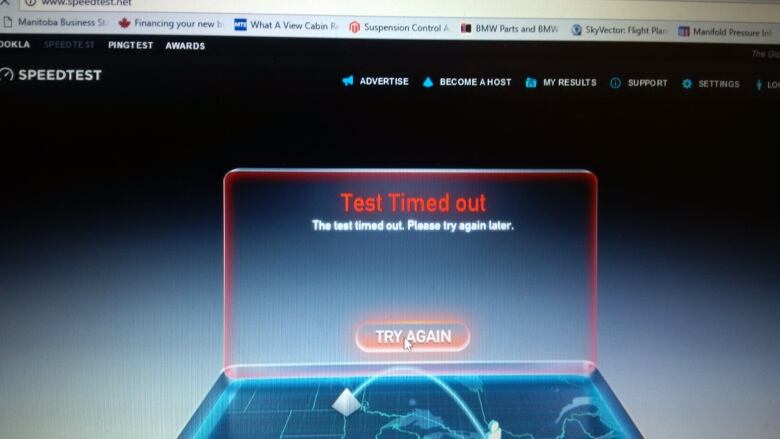Connecting communities: First Nations company plans to lay 3,600 km of fibre optics in Manitoba
Clear Sky Connections is working on bringing high-speed internet to remote First Nations

Unreliable, constantly buffering and just plain slow: these are some of the words used to describe internet connections in northern Manitoba.
But a collectively owned First Nations group is hoping to change that in the near future by bringing high-speed fibre optic connections to northern communities which would be good news for people like DallasDettanikkeaze.
"Most people I know, when they want to watch movies or stream over theinternet, they've got to download it in the middle of the night, like two or three in the morning, and then watch it the next day," saidDettanikkeaze.
The 18-year-old lives on the NorthlandsDenesulineFirst Nation, also known as LacBrochet, a fly-in First Nation in the northwest corner of Manitoba.
Besides doing research for school projects, he uses the internet to watch concert videos and movies and to play video games.
"There is this one satellite by the school. When that is down, everything is down," he said.
Northlands is one of 23 First Nations in Manitoba that is not accessible by road. However, it is connected by an ice road for a few months in the winter.

The Manitoba First Nations Technology Council plans on laying 3,600 kilometres of fibre optic cable. Its network is called Clear Sky Connections, a name given in a ceremony by Manitoba elders.
"It is collectively owned by Manitoba First Nations," said project manager Jonathan Fleury. "Nowhere else in Canada is there a network, of this size and scale, that is owned and operated by First Nations."
The project is still in the design and planning stage, but Fleury said it is getting closer to laying cable. Before that can happen, though, the group is hoping its funding proposal to the federal government will be approved.

"This network is going to improve the quality of life for our people," saidFleury. "We know our people, we know our communities, we know their needthat we are able to make this project work."
Fleurysaid it will give people access to new opportunities, like distance education. He said right nowinternetconnections are too slow in many remote communities to open email attachments or send large documents.
- Indigenous company to bring high-speed internet to all of Manitoba's First Nations communities
- Federal government spending $500M to expand high-speed Internet to remote communities
"What's happening is the community people, administrators or practitioners in the health field or whoever, they're staying up or getting up at two, threein the morning just to download what we consider simple [email] in urban areas."
He said essential serviceslike telehealthare not being used to full capacity because of poor connections.
To fully utilize those resources, Clear Sky Connections plans on extending existing fibre opticnetworks already in Manitoba. Fleury said the company is in talks with other corporations and is hoping to finalize partnerships soon.
"If our funding is in place, by 2023 we could have every community connected Shamattawa, Brochet, Lac Brochet, those communities as well."
Fleury said once the network reaches a community, it is up to them to bring in or start up their own internet service provider.












_(720p).jpg)


 OFFICIAL HD MUSIC VIDEO.jpg)
.jpg)



























































































